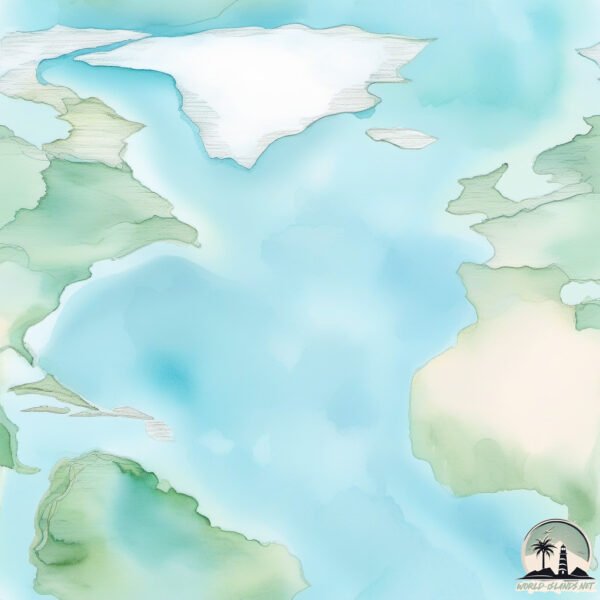Elba

Welcome to Elba, a Dry island in the Mediterranean Sea – Western Basin, part of the majestic Atlantic Ocean. This guide offers a comprehensive overview of what makes Elba unique – from its geography and climate to its population, infrastructure, and beyond. Dive into the details:
- Geography and Size: Explore the island’s size and location.
- Climate and Weather: Weather patterns and temperature.
- Topography and Nature: Uncover the natural wonders of the island.
- Infrastructure and Travelling: Insights on reaching, staying, and making the most of your visit.
- News and Headlines: Latest News.
Geography and size of Elba
Size: 224.6 km²
Coastline: 141.1 km
Ocean: Atlantic Ocean
Sea: Mediterranean Sea – Western Basin
Continent: Europe
Elba is a Large Island spanning 225 km² with a coastline of 141 km.
Archipel: Mediterranean islands – Encompassing numerous islands in the Mediterranean Sea, each with its own unique culture, history, and natural beauty, from the Balearics to the Greek islands.
Tectonic Plate: North America – Covers North America and parts of the Atlantic and Arctic Oceans, characterized by diverse geological features and varying levels of seismic activity.
The geographic heart of the island is pinpointed at these coordinates:
Latitude: 42.65461823 / Longitude: 9.23064979
Climate and weather of Elba
Climate Zone: Dry
Climate Details: Cold Semi-Arid (Steppe) Climate
Temperature: Cold
Climate Characteristics: Characterized by hot summers and cold winters, this climate is typically found on the edges of continental zones. It receives sufficient precipitation to avoid desert conditions.
Topography and nature of Elba
Timezone: UTC+01:00
Timezone places: Europe/Paris
Max. Elevation: 817 m
Mean Elevation: 175 m
Vegetation: Evergreen Needleleaf Forest
Tree Coverage: 54%
The mean elevation is 175 m. The highest elevation on the island reaches approximately 817 meters above sea level. The island is characterized by Plateau: Elevated flatlands rising sharply above the surrounding area, with a maximum elevation over 500 meters but a mean elevation less than 300 meters, forming unique highland areas on islands.
Dominating Vegetation: Evergreen Needleleaf Forest
Dominated by evergreen coniferous trees such as pines and firs, which retain their needle-like leaves throughout the year. These forests are often found in cooler climates. Elba has a tree cover of 54 %.
Vegetation: 13 vegetation zones – Exceptionally Diverse Island
Islands with more than ten vegetation zones are among the most ecologically rich and varied in the world. These islands are akin to miniature continents, boasting an incredible array of ecosystems. The sheer range of habitats, from high peaks to deep valleys, rainforests to deserts, creates a mosaic of life that is unparalleled. They are crucial for conservation and ecological studies.
Infrastructure and Travelling to Elba
Does the island have a public airport? yes.
Elba has a public and scheduled airport. The following airports are located on this island: Marina Di Campo Airport.
Does the island have a major port? yes.
Elba is home to a major port. The following ports are situated on the island: PORTOFERRAIO.
The mean population of Elba is 135 per km². Elba is Moderately Inhabited. The island belongs to Italy.
The name of the island resonates across different cultures and languages. Here is how it is known around the world: Arabic: إلبا; Spanish: Isla de Elba; French: Île d’Elbe; Portuguese: Ilha de Elba; Russian: Эльба; Chinese: 厄尔巴岛
Continuing your journey, Jones is the next notable island, situated merely km away.
Italy is classified as Developed region: G7: Group of Seven – Major advanced economies, including Canada, France, Germany, Italy, Japan, the United Kingdom, and the United States. The level of income is High income: OECD.
News – Latest Updates and Headlines from Elba
Stay informed with the most recent news and important headlines from Elba. Here’s a roundup of the latest developments.
Please note: The data used here has been primarily extracted from satellite readings. Deviations from exact values may occur, particularly regarding the height of elevations and population density. Land area and coastline measurements refer to average values at mean high tide.
